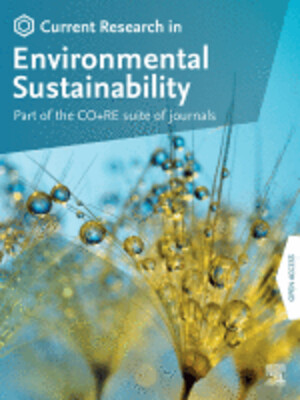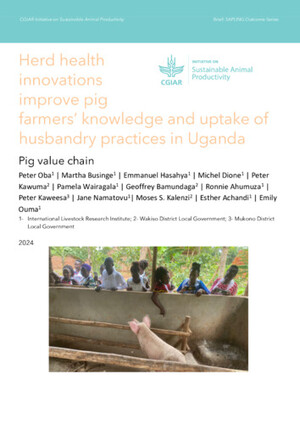
Livestock water and land productivity in Kenya and their implications for future resource use
Abstract
Population growth and rising affluence increase the demand for agricultural commodities. Associated growth in production increases dependency on natural resources in countries that attempt to meet part or all of the new demand locally. This study assesses the impact of changing meat and milk production on natural resource use in Kenya under three plausible scenarios of socio-economic development, namely Business-As-Usual (BAU), Sustainable Development (SDP) and Kenya Vision 2030 (V2030) scenarios. The IMPACT model is used to estimate projected cattle, sheep, goats and camel production parameters for meat and milk. The BAU and SDP represent standard scenarios for Kenya of a global economic model, IMPACT, while V2030 incorporates in the model features specific to Kenya's medium-term national development plan. We use calculations of water footprint and land footprint as resource use indicators to quantify the anticipated appropriation of water and land resources for meat and milk production and trade by 2040. Though camel dairy production numbers increase the most by quadrupling between 2005 and 2040, it is cattle dairy production that significantly determined gains in production between the scenarios. Productivity gains under the SDP scenario does not match the investments made thereby leading to only slightly better values for water and land productivity than those achieved under the BAU scenario. Relative to the BAU scenario, improvement in land productivity under the V2030 scenario is the most dramatic for shoat milk production in the arid and semi-arid systems but the least marked for cattle milk production in the humid system. By quantifying water and land productivity across heterogenous production systems, our findings can aid decision-makers in Kenya and other developing countries to understand the implications of strategies aimed at increasing domestic agricultural and livestock production on water and land resources both locally and through trade with other countries.
Citation
Bosire, C., Mtimet, N., Enahoro, D.K., Ogutu, J.O., Krol, M.S., Leeuw, Jan de, Ndiwa, N. and Hoekstra, A.Y. 2022. Livestock water and land productivity in Kenya and their implications for future resource use. Heliyon 8(3):e0900.









